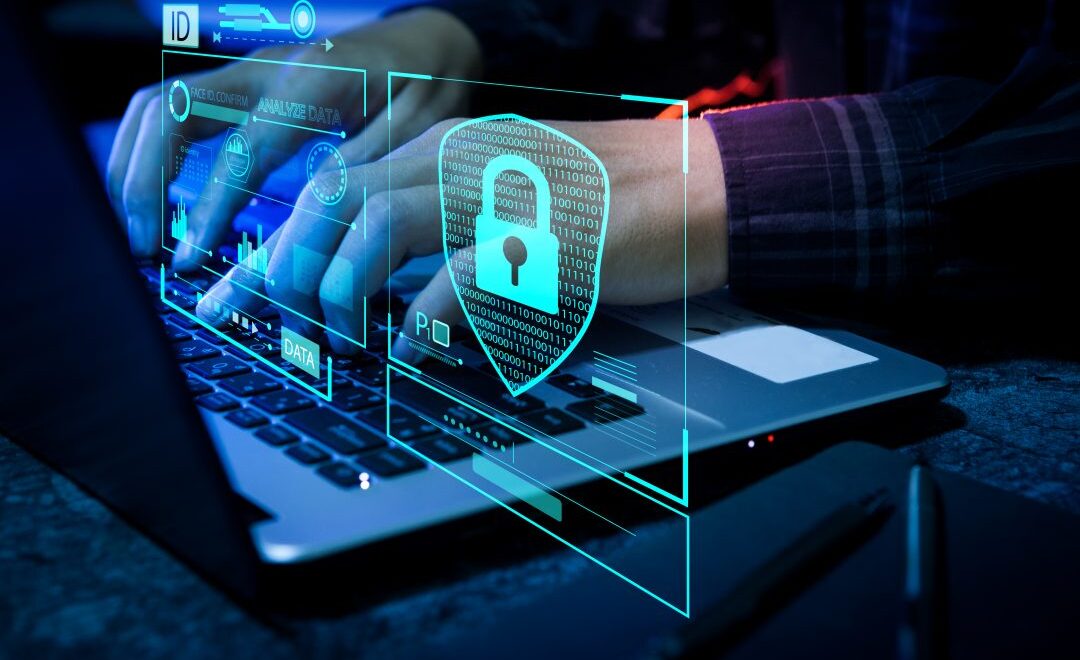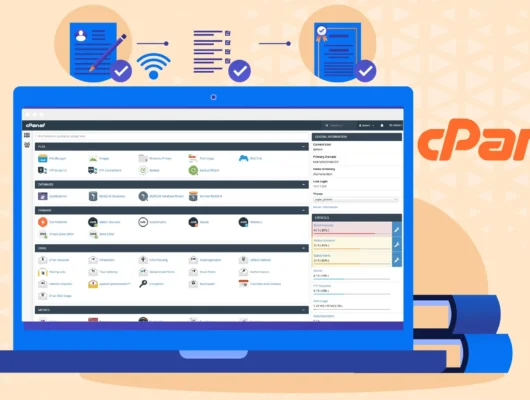Fortifying the fortress of your data center is crucial to ensure the security and integrity of your IT infrastructure. Implementing essential data center security measures helps protect against potential threats, keeping your data safe and your operations running smoothly.
Physical Security: The First Line of Defense
Physical security is the foundational layer of data center protection.
Only authorized personnel are allowed access, with multiple security features like biometric authentication, key card systems, and surveillance cameras at entry points.
Additional security measures, such as perimeter fencing, on-site security guards, and controlled access points, further enhance physical protection.
Biometric Access Control
Biometric access control, such as fingerprint or retina scans, provides an extra layer of security.
It ensures that only authorized individuals with the correct biometric credentials can enter critical areas, significantly reducing the risk of unauthorized access.
Surveillance Systems
Data centers are equipped with sophisticated video surveillance systems that monitor the facility 24/7.
These systems not only act as a deterrent to unauthorized access but also provide valuable evidence in case of security breaches.
Fire Detection and Suppression
Advanced fire detection and suppression systems are essential to data center security.
Smoke detectors, fire alarms, and automatic fire suppression systems (including gas-based and water-based systems) are in place to prevent and minimize fire damage to equipment.
Redundant Power and Cooling Systems
Uninterrupted power and cooling are crucial to data center security. Redundant power sources, such as backup generators and uninterruptible power supply (UPS) systems, ensure there’s no disruption to service, preventing data loss.
Efficient cooling systems also prevent equipment overheating, ensuring optimal performance.
Network Security
To safeguard against cyber threats, data centers employ robust network security protocols.
This includes firewalls, intrusion detection and prevention systems (IDPS), and regular security audits to monitor and protect the network infrastructure from unauthorized access, malware, and other cyber risks.
Data Encryption
Encrypting data both in transit and at rest is vital to data security.
Even if unauthorized access occurs, encrypted data remains unreadable without the correct decryption keys, providing an extra layer of protection for sensitive information.
Employee Training and Background Checks
Human factors play a critical role in data center security. Employee training programs on best security practices, along with regular security awareness sessions, help foster a security-conscious work culture.
Background checks during the hiring process also ensure that personnel accessing critical systems are trustworthy.
Incident Response Planning
Having a well-defined incident response plan is crucial for handling security breaches effectively.
Data centers must regularly update their procedures to respond to threats quickly, contain breaches, and take steps to prevent future incidents.
Compliance with Standards and Regulations
Adhering to industry standards and regulations is an essential part of data center security.
Compliance with recognized standards like ISO 27001, SOC 2, and HIPAA ensures that data centers follow best practices and meet legal and regulatory requirements for data protection.
Read more about Virtualization in Computing…
Conclusion
Data center security is a comprehensive effort that combines physical, technical, and procedural safeguards.
By employing a variety of security measures, data centers can build resilient defenses against a wide range of threats, ensuring that clients’ data remains secure and accessible.
With these strategies in place, data centers provide a trustworthy and secure environment for sensitive business information.






